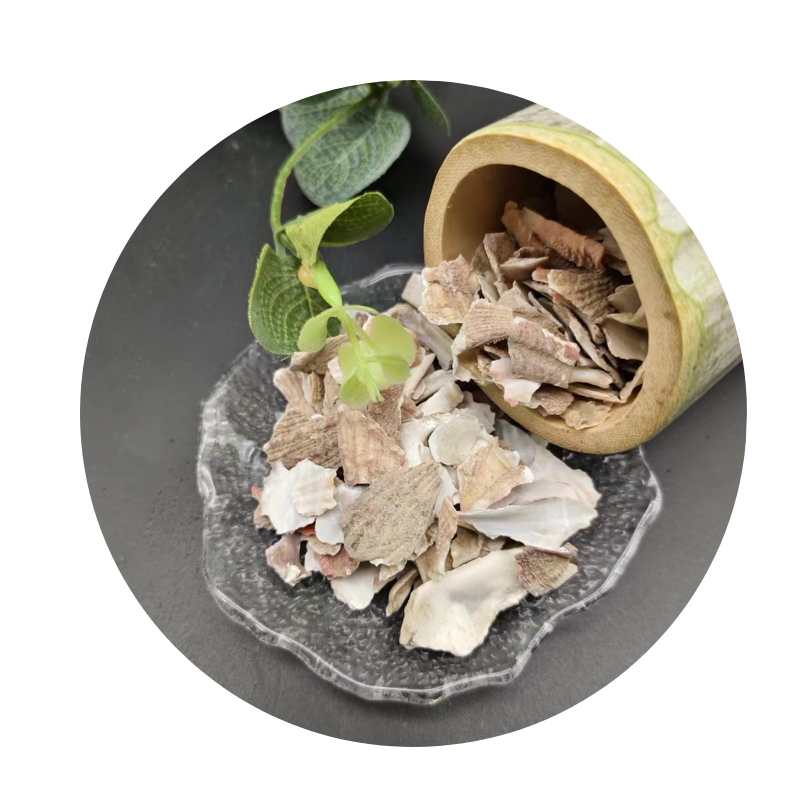
Understanding the Benefits and Applications of Hydraulic Lime in Construction and Restoration
Hydraulic Lime An Essential Material for Construction and Restoration
Hydraulic lime, a vital material in the construction and restoration industries, has been used for centuries due to its unique properties and versatility. Unlike non-hydraulic lime, which hardens through the absorption of carbon dioxide from the air, hydraulic lime sets and hardens by reacting with water. This characteristic makes hydraulic lime especially suitable for various engineering applications, particularly in environments where moisture is prevalent.
The production of hydraulic lime involves a careful blend of limestone and clay, which are heated in a kiln at high temperatures to create lime clinker. This clinker is then ground to a fine powder, resulting in hydraulic lime that can be categorized into different strength classes, such as feebly hydraulic, moderately hydraulic, and eminently hydraulic lime. Each class has distinct properties, enabling builders and restorers to choose the right kind for their specific application.
One of the most significant advantages of hydraulic lime is its ability to withstand exposure to moisture without losing its structural integrity
. This property makes it an excellent choice for masonry work in wet environments, such as basements, bridges, and coastal structures. Hydraulic lime has a lower thermal conductivity compared to modern cement, contributing to better insulation and energy efficiency in buildings. This quality, combined with its flexibility, allows for the creation of structures that can adapt to natural movements and shifts over time, preventing cracks and damage.hydraulic lime

In addition to its practical applications, hydraulic lime plays a crucial role in historical restorations. Many ancient buildings were constructed using hydraulic lime, and using the same material ensures compatibility with existing structures while preserving historical authenticity. Restoration projects that incorporate hydraulic lime can maintain the aesthetic appeal of heritage sites while enhancing their durability against the elements.
Moreover, hydraulic lime is considered more environmentally friendly than portland cement, as it produces lower carbon emissions during its production process. Its ability to sequester carbon dioxide over time further offsets environmental impacts, making it a sustainable choice for modern construction practices.
Despite these advantages, hydraulic lime can be challenging to work with for novice builders. It requires careful mixing and application techniques to achieve the desired results. However, with the right training and experience, contractors can effectively harness its benefits, ensuring durable and valuable construction.
In conclusion, hydraulic lime holds a prominent place in both traditional and modern building practices. Its remarkable properties, including moisture resistance, flexibility, and sustainability, make it an invaluable material for construction and restoration projects. As the construction industry continues to focus on sustainable practices, hydraulic lime is poised to reclaim its rightful place as a cornerstone of eco-friendly building materials. Whether it's for a new construction or the careful restoration of historical sites, hydraulic lime remains an essential choice for architects and builders alike.
Share
-
Premium Pigment Supplier Custom Solutions & Bulk OrdersNewsMay.30,2025
-
Top China Slag Fly Ash Manufacturer OEM Factory SolutionsNewsMay.30,2025
-
Natural Lava Rock & Pumice for Landscaping Durable Volcanic SolutionsNewsMay.30,2025
-
Custom Micro Silica Fume Powder Manufacturers High-Purity SolutionsNewsMay.29,2025
-
Custom Mica Powder Pigment Manufacturers Vibrant Colors & Bulk OrdersNewsMay.29,2025
-
Custom Micro Silica Fume Powder Manufacturers Premium QualityNewsMay.29,2025






